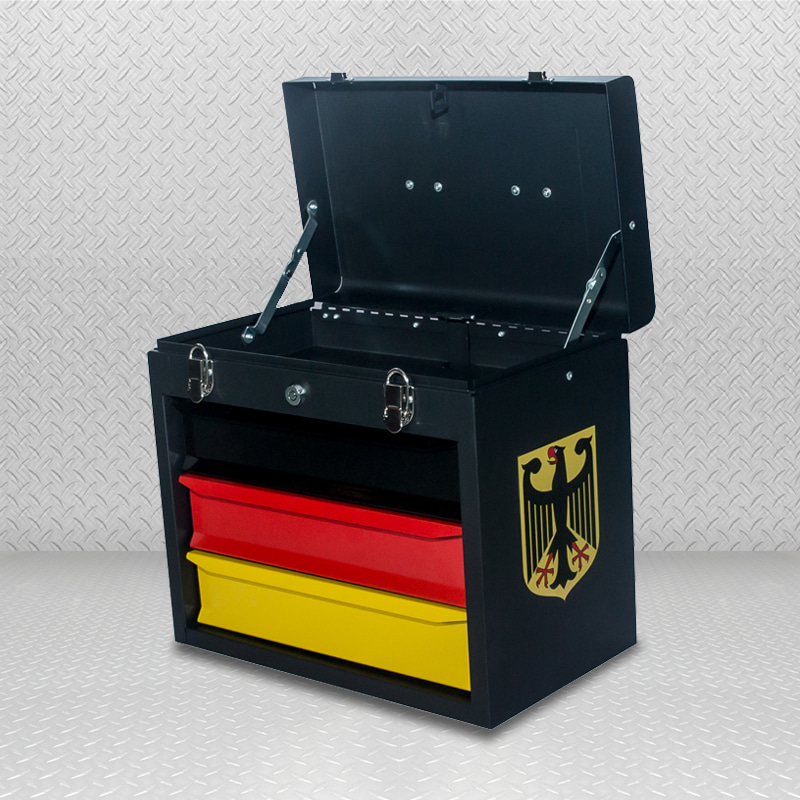Inside a
portable hand box, various cushioning materials can be used to protect items, ensuring their safety during carrying and transportation. The selection of these cushioning materials can reduce potential damage from impact and vibration.
Foam materials are commonly used as cushioning materials, especially polyethylene foam and polyurethane foam. They are lightweight, soft, and easy to cut and shape, allowing for custom protection tailored to the shape and size of the items.
Bubble wrap is also an economical and effective cushioning material, with air pockets inside that disperse impact force, providing additional protection for items.
Memory foam or memory sponge is another advanced cushioning material with slow rebound characteristics. They can conform to the shape of the items, providing personalized cushioning protection, and can be customized into different shapes and sizes as needed.
Additionally, soft fabrics such as velvet, cotton fabric, or felt can be used inside the hand box to protect items from scratches. They are soft and easy to clean, suitable for storing clothing, jewelry, or other soft items.
Silicone or rubber pads are specifically designed to absorb impact energy and are commonly used to protect the edges and corners of electronic devices. They are soft and durable, providing good cushioning effect.
Shock-absorbing pads are another material designed specifically to absorb impact energy, commonly used in the packaging of high-end electronic devices or precision instruments. They can effectively reduce damage from vibration and impact to items.
In addition to the above materials, compressible materials are also a good choice. They can be compressed for storage when not in use and provide cushioning protection when expanded, making them convenient and practical.
Cardboard or plastic dividers are also commonly used cushioning materials inside hand boxes. They are structurally sturdy, can separate items, and provide a certain level of protection, ensuring that items do not collide with each other during movement.
When selecting cushioning materials, factors such as the nature of the items, the size and weight restrictions of the hand box, and the expected moving and transportation conditions need to be considered. Additionally, cost and environmental friendliness are also factors to consider.








